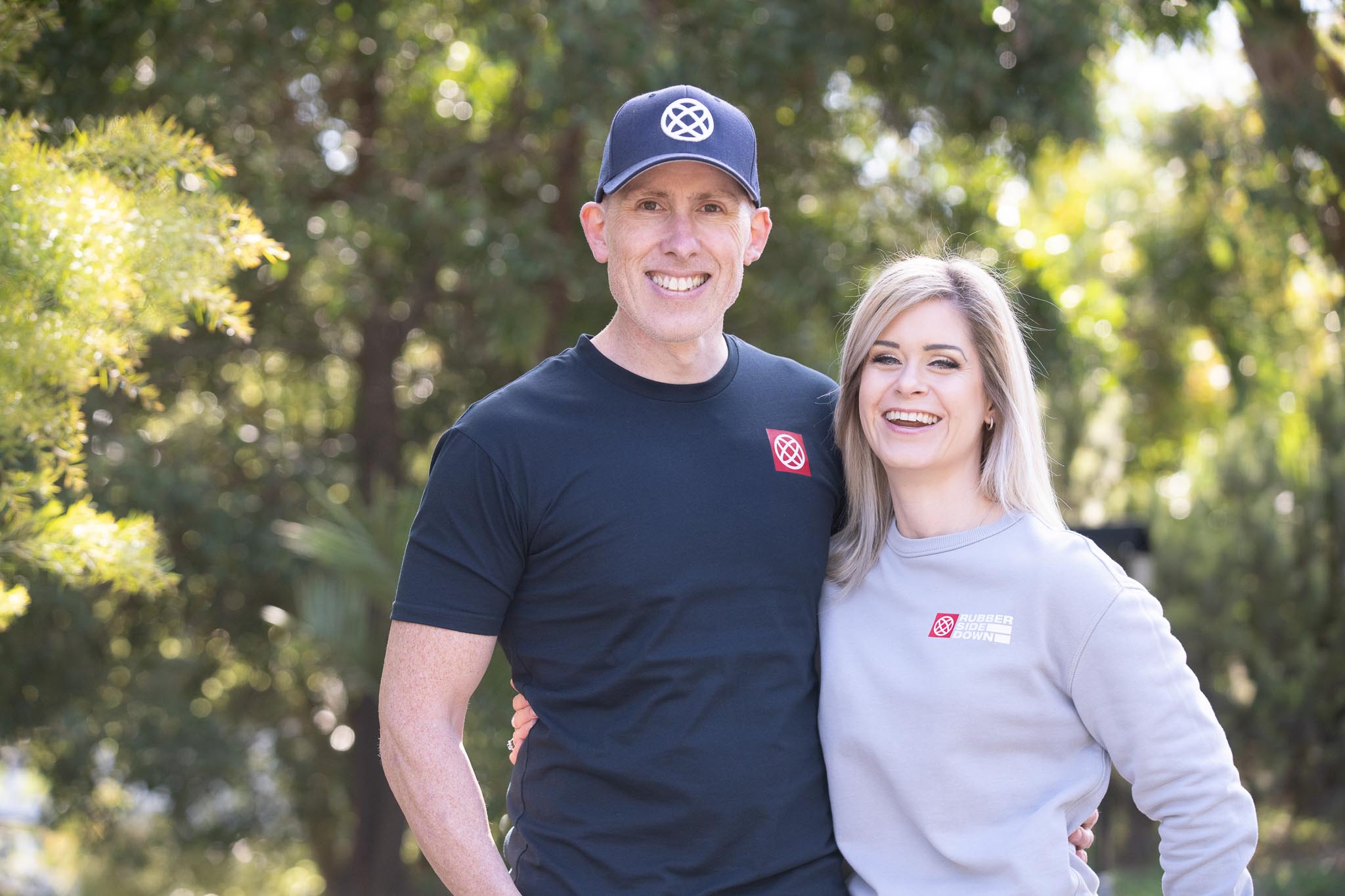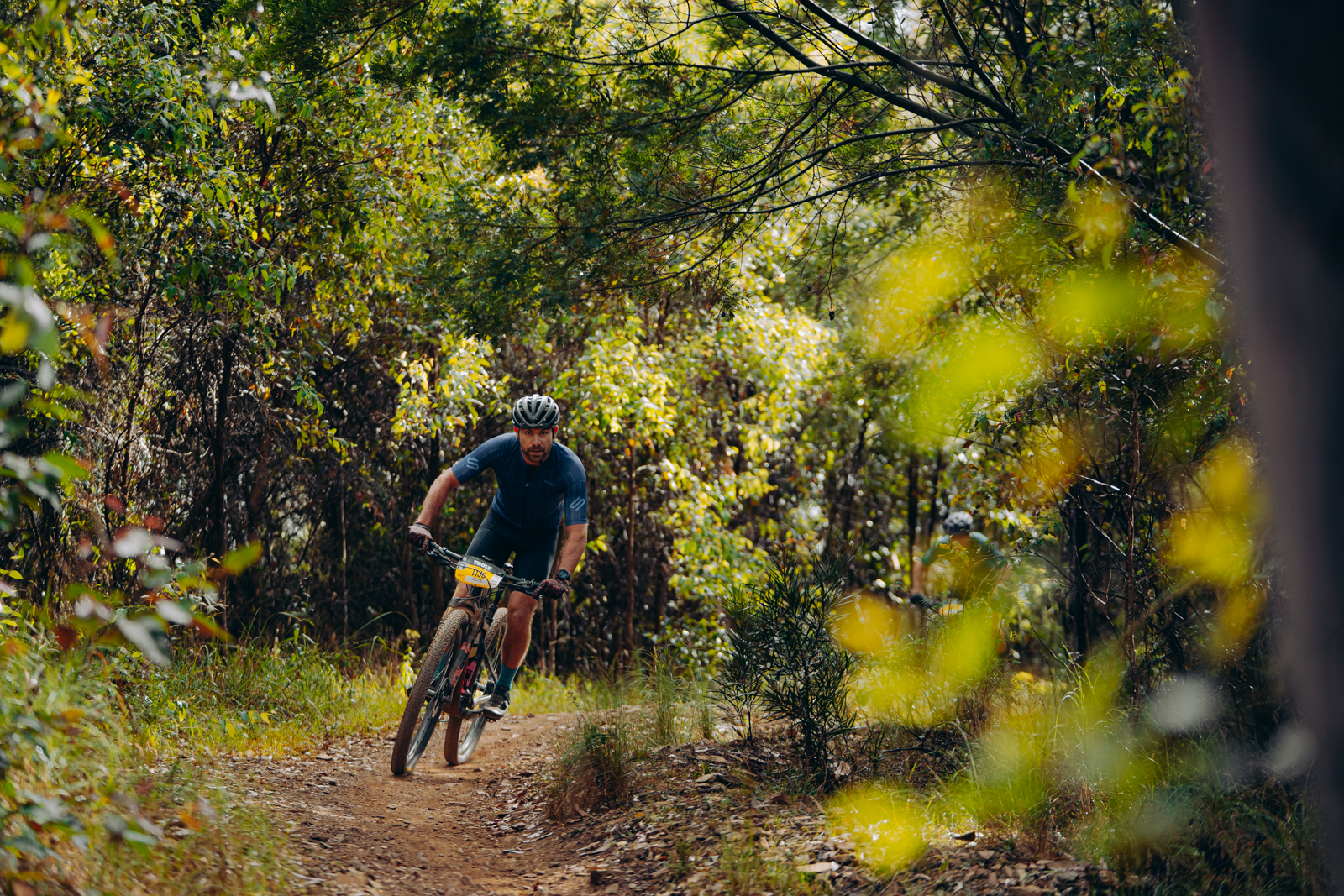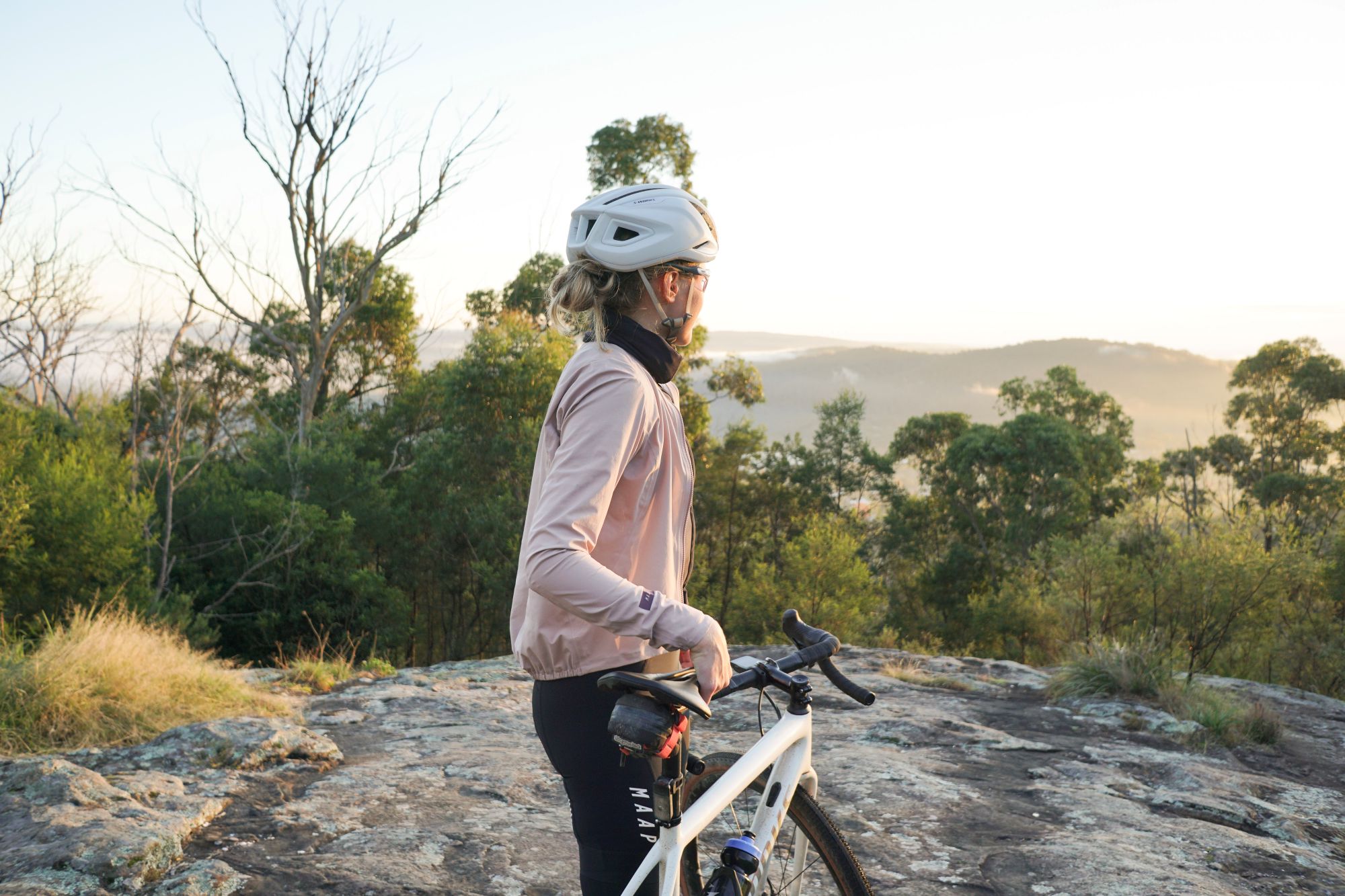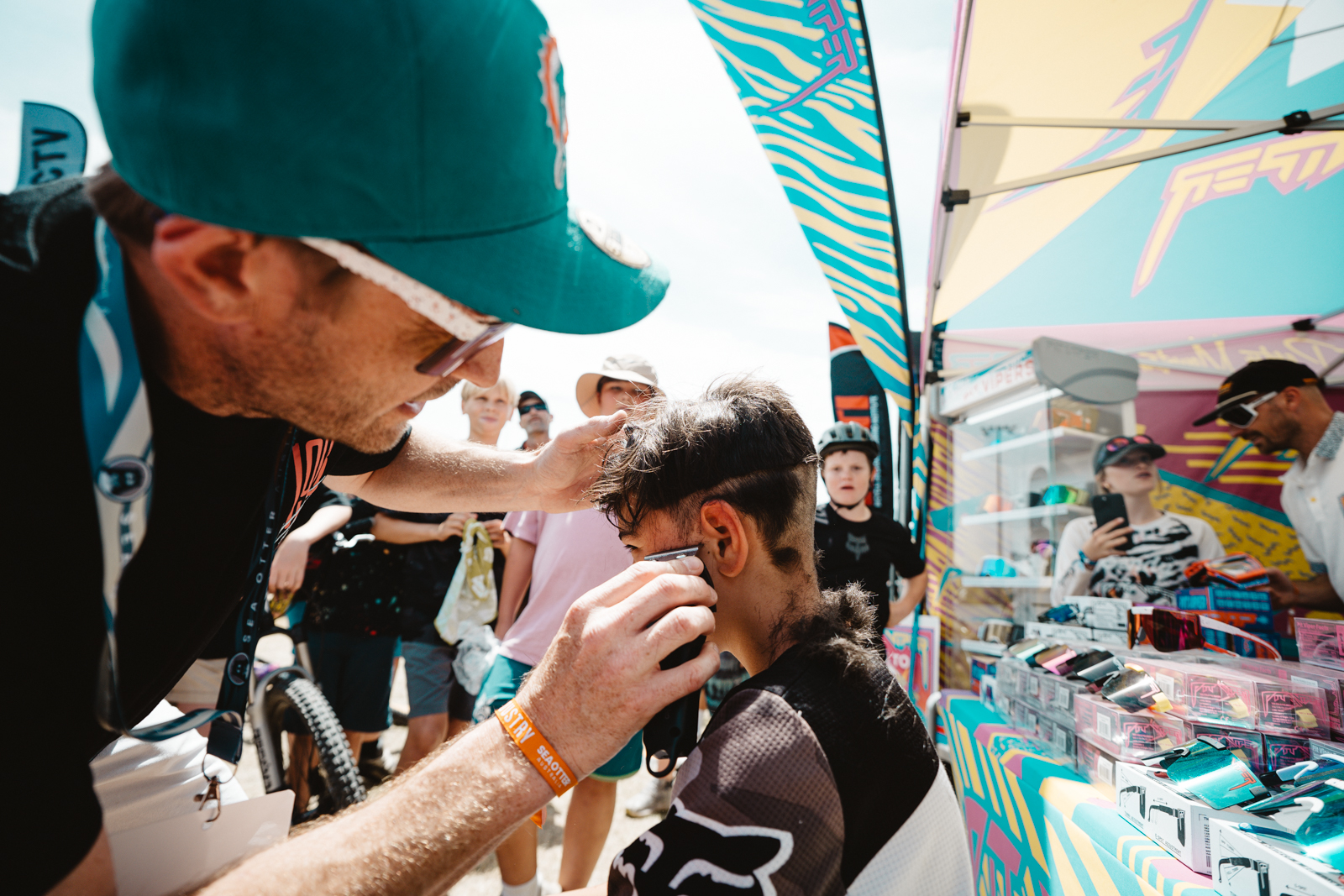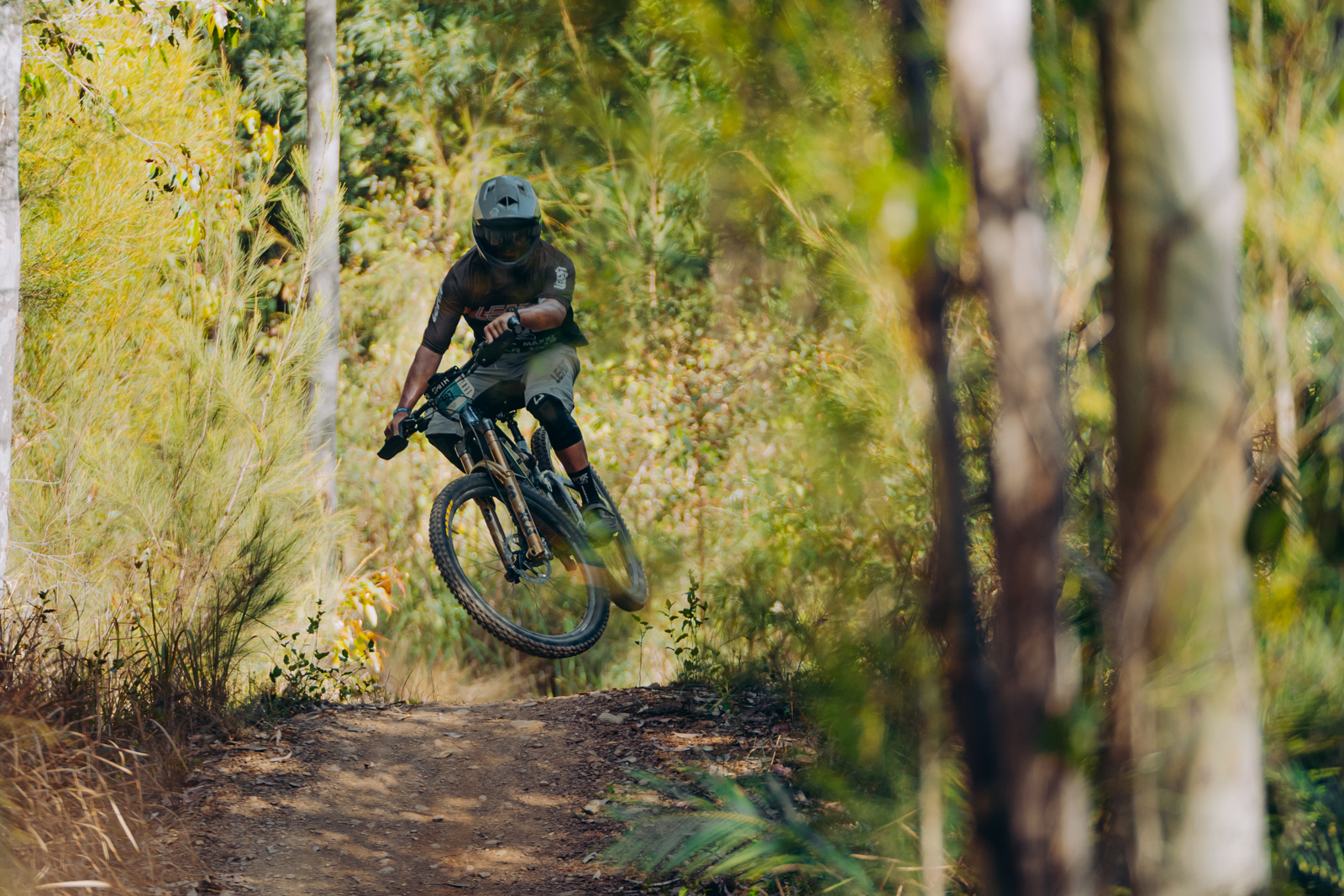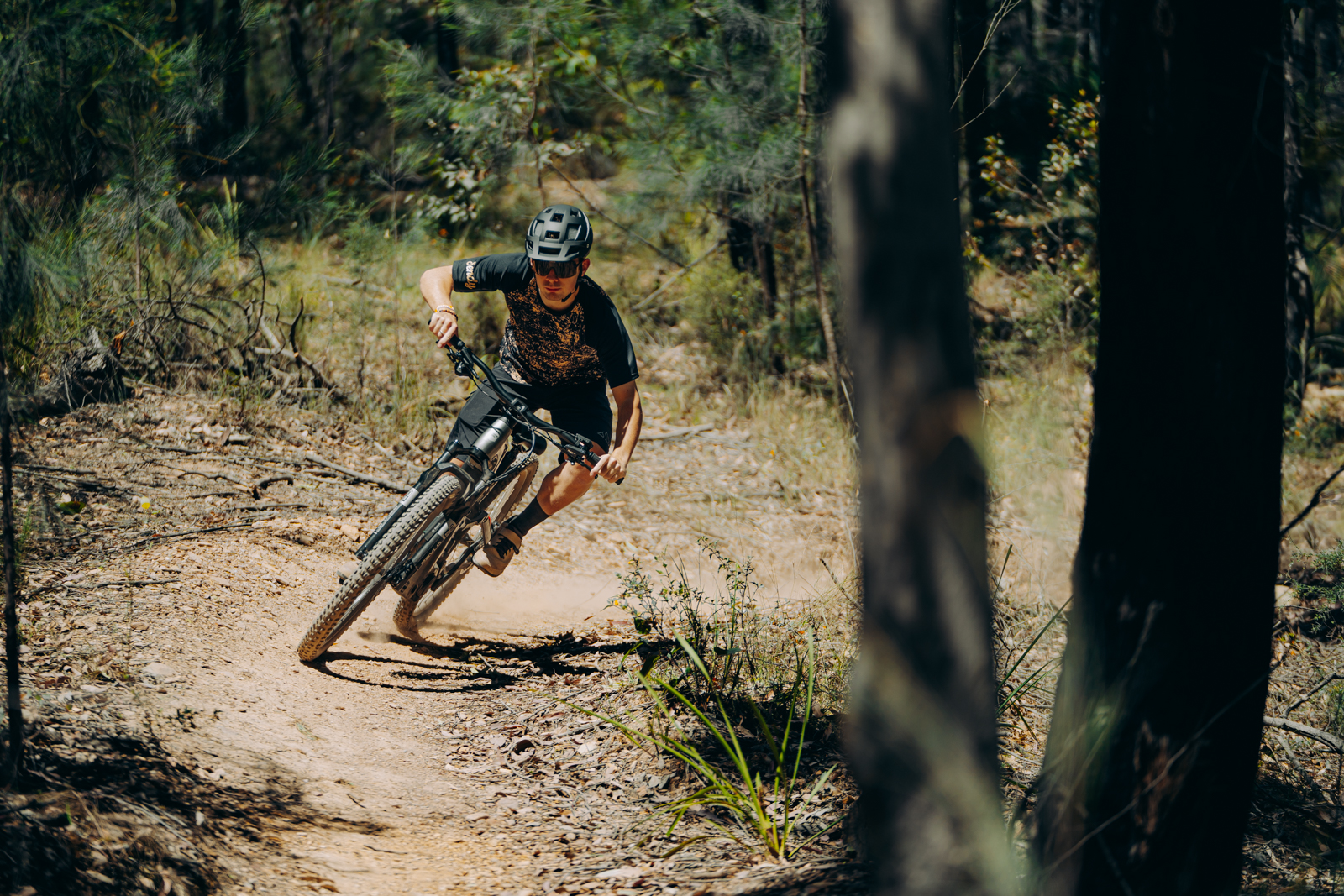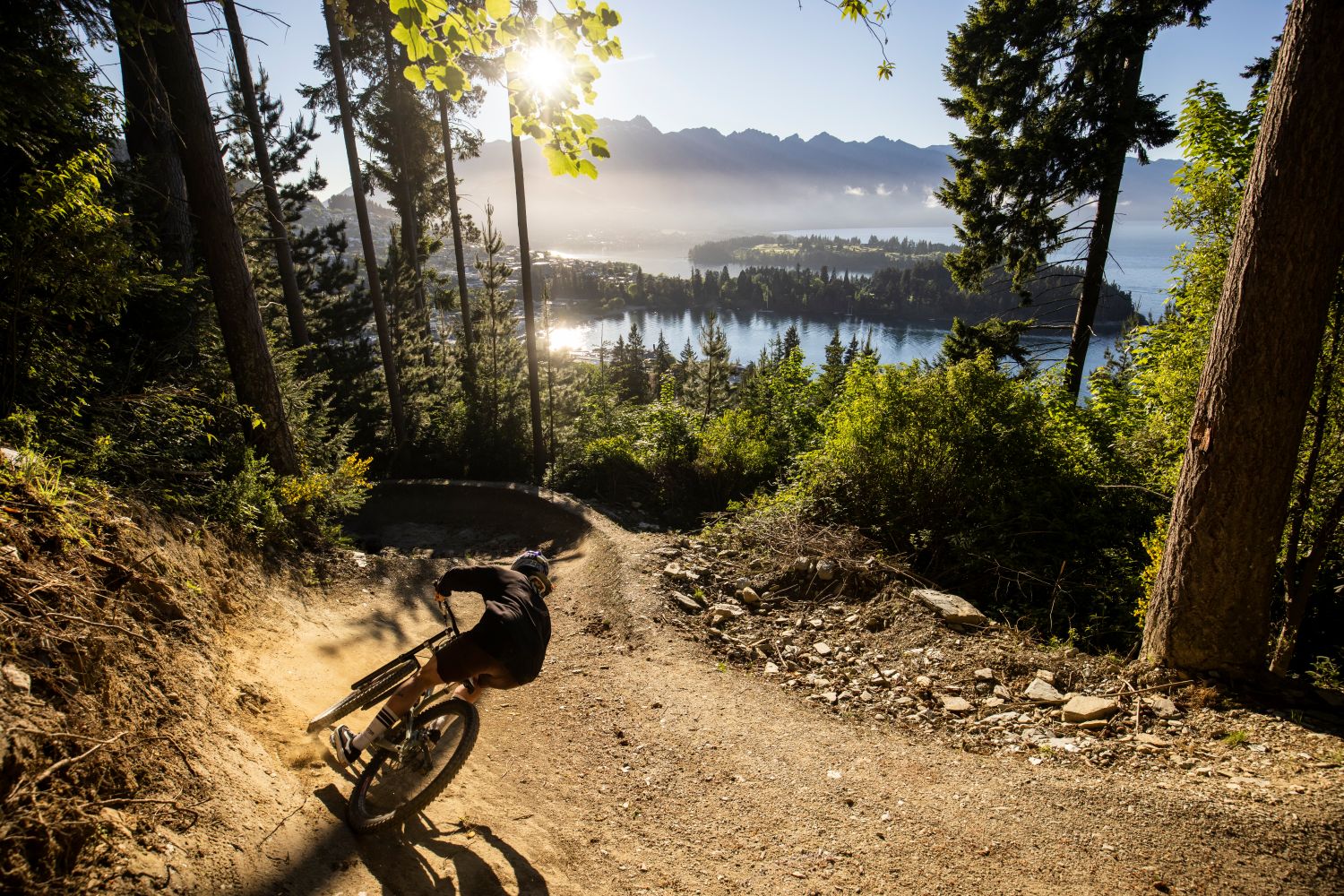Made in Australia: Rubber Side Down
Founded by Monica Jones and Paul Barker in February last year, this Adelaide based brand offers a range of products, including some made in Australia.
Words: Will Shaw
Photos: Gerard Lagana, James Knowler
In the last few years there’s been a significant increase in Australian apparel brands. Rubber Side Down is one of these companies. Founded by Monica Jones and Paul Barker in February last year, this Adelaide-based brand offers a range of products, including some made in Australia.
I spoke to Paul and Monica to learn more about what motivated them to begin Rubber Side Down, the journey so far, and what’s next.
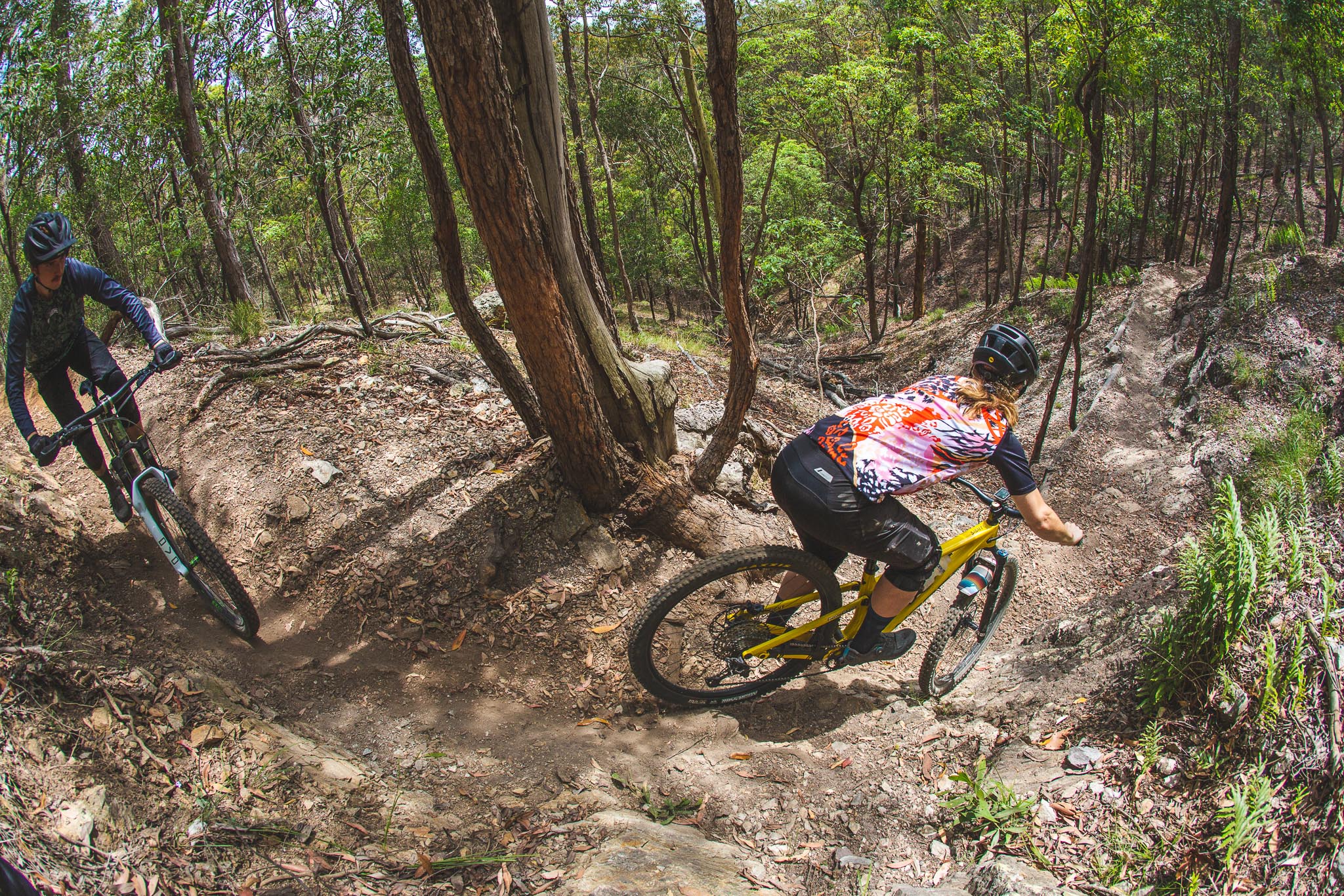
AMB: What are your backgrounds and what motivated you to start Rubber Side Down?
Monica: I got back into riding about 7 or 8 years ago after a solid break. Experiencing the market and seeing the gaps sparked an interest in what we could do. I’ve had a few businesses over the years involving manufacturing, sourcing, and importation, which obviously helps with Rubber Side Down.
Paul: I’ve been in the mountain bike scene for 20+ years across all disciplines. My background is working with large multinationals in senior director roles. I’ve got a lot of experience in supply chain optimisation, and I’ve spent time living in Singapore so I’m aware of the Asian market. For me, the spark for Rubber Side Down was to have a marriage between my passion and skill set.
AMB: When was the company founded?
Monica: We registered the company in February and went live in April last year. Before that, from concept through to market was around 8 months. We spent that time doing market research and looking into business viability make sure there was a space for us.
AMB: What are some of the challenges when it comes to starting an apparel brand?
Paul: Securing any manufacturing is difficult with MOQs (minimum order quantities). When you have a high MOQ and you’re talking about technical garments like a jersey or a set of shorts that can be cost prohibitive, so you really need to believe in your product.
Monica: I think people assume that finding a supplier isn’t that difficult, but the bigger apparel factories generally don’t work with start-ups. We’ve been fortunate to be able to secure runs as a young company.
AMB: What’s unique about Rubber Side Down’s products?
Monica: With all our garments the fabric is specific to us. We go through our own testing procedures to ensure the material and design will be at the high quality we’re after. As we design the garment patterns, we own the intellectual property and can easily make changes. When you’re trying to scale using someone else’s pattern your product changes if their pattern changes, which can obviously impact the quality and performance of your product. As we own our designs this isn’t an issue for us.
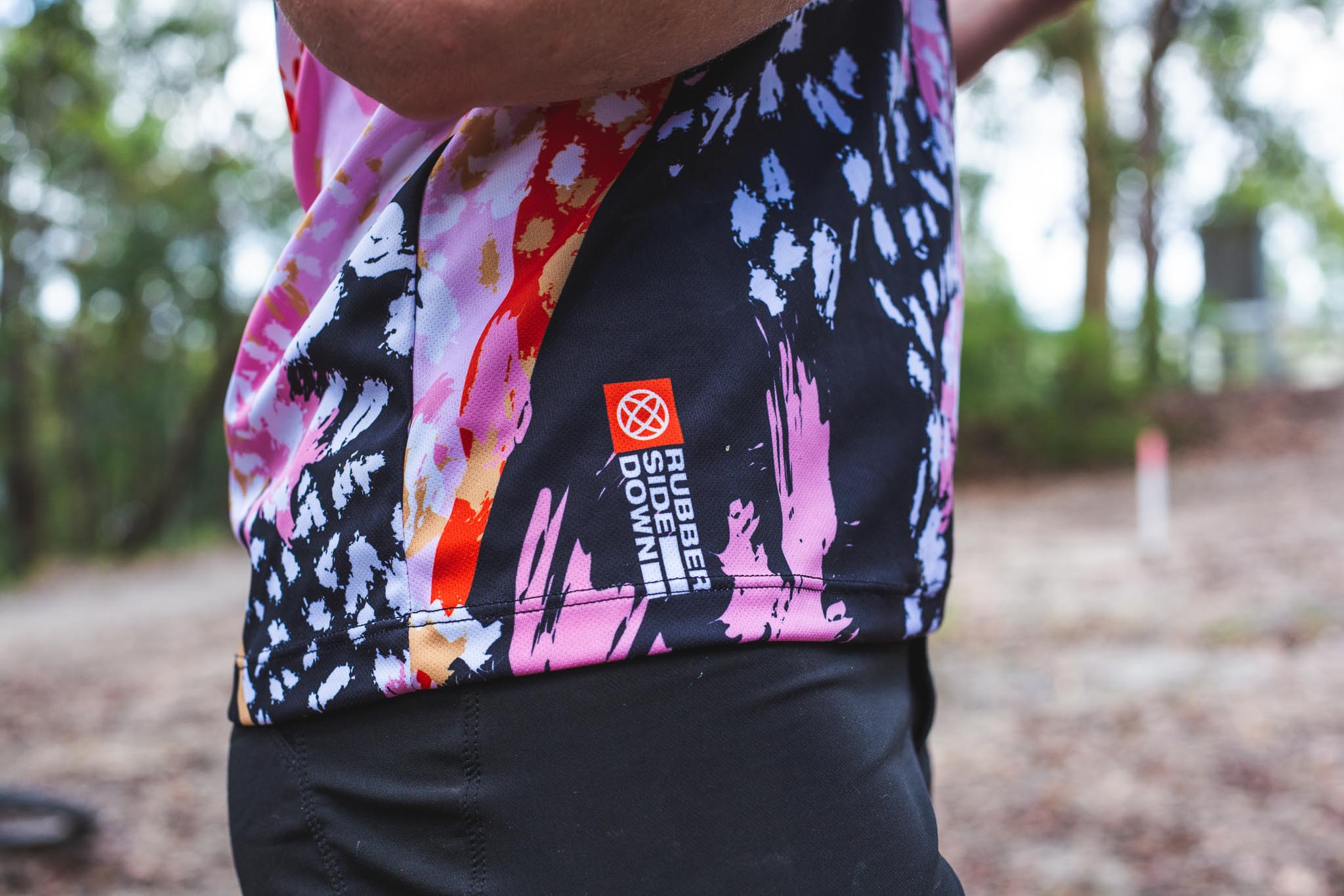
AMB: Is Rubber Side Down your full-time job?
Monica: I’m currently working another full-time job, but Rubber Side Down is a full-time job every week.
Paul: Rubber Side Down is a big commitment and we are well past side-gig status. It’s a significant investment in both a personal and financial sense. Being a start-up, you have to learn many skills such as coding the website to trademark applications, this takes time as you’re learning skills from scratch. We’ve had to figure out what we can outsource to optimise our efficiency, but I’m proud of the work we’ve put in so far.
AMB: Why is it important to have made in Australia products?
Monica: We have a passion for supporting local and by manufacturing in Australia, we can do this. Also, one of the huge benefits with the products we’re able to make in Australia is that we control the entire supply chain, enabling us to meet demand a lot quicker.
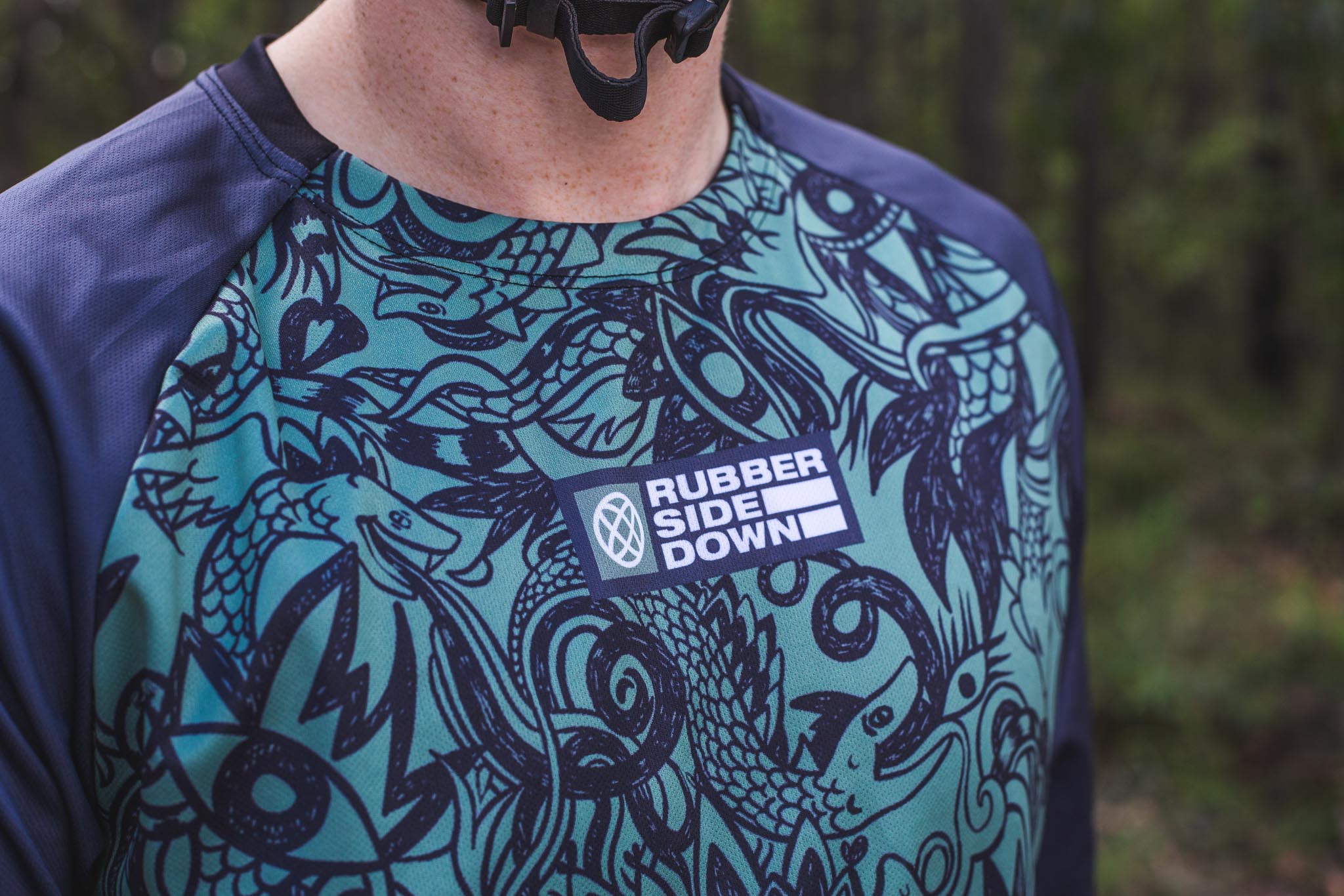
AMB: What products in the range are made in Australia?
Paul: The products we make in Australia are our socks, base layers, jerseys, and mudguards.
AMB: Why isn’t the whole range made in Australia?
Monica: There’s two things that limit Australian manufacturing. The first is that skilled garment manufacturing labour is limited, and the second is that even if you had the labour the manufacturing capacity is also limited. There’s also the additional factor of other companies and the Australian Defence Force who consume much of the manufacturing capacity with huge contracts.
When we do go offshore, we make sure our suppliers meet our company’s ethical and sustainability requirements, specific to fair trade, work practices, and the environment.
AMB: Will the products you currently manufacture onshore remain onshore?
Monica: Our made in Australia products will stay onshore. We’ve put lots of work into our Australian made products, and where we go offshore it’s because of the labour and capacity limits I mentioned earlier, as well as even the machinery required to make certain products such as specialised sewing machines.
For example, we’re working on a set of shorts that’ll be manufactured offshore because we’ve exhausted all options regarding having them made here in Australia. We need to go offshore to get the exact product specifications we’re after.
AMB: You’re using recycled materials in some of your products, do you have a broader vision when it comes to sustainability?
Paul: We’re very aware of our impact on the environment. We’re already using recycled fabrics and creating products that can be recycled, for example our mudguard can be recycled in plastic recycling. Our caps are made from hemp as opposed to cotton due to the lower water usage to grow hemp. When our shorts are manufactured, they’ll be Bluesign accredited, which is a certification that recognises a high standard has been met in terms of both environmental and worker outcomes.
AMB: Tell us a bit about getting the Australian Made license to use when advertising your products – is this a difficult process and what’s involved?
Paul: It’s a somewhat extensive process you need to go through. The onus is on you to provide the evidence your products are manufactured in Australia. They then do an assessment and let you know whether you’ve met the accreditation or not. Everything on our site with the Australian Made logo has been through this process.
AMB: How would you reflect on your first year as a brand and what’s your proudest moment so far?
Monica: We’ve accomplished more than we thought would be possible in this timeframe.
In terms of a proudest moment, I couldn’t narrow it down to one. From a development perspective one item usually takes 18 months to get to market, so we’ve achieved a lot in 12 months.
Paul: The last year has been a proper graft, but Monica and I are both super hungry to make it successful. As Monica said, seeing how many products we’ve brought to market is something to be proud of.
I’m also proud of establishing a supply chain for Australian made jerseys and base layers. The base layer was Monica’s idea and is a unique product. With all our products the amount of testing required to make sure they’re functional is an exhaustive process.
AMB: You’re available both direct to consumer and through stockists, do you always see yourselves having stockists?
Paul: When we were making the business plan, we wanted to have multiple sales channels, including stockists. Something we think about when manufacturing a garment is enabling our dealers to have a sustainable profit as well, despite being made in Australia. This means we can sell direct to consumer or sell our products into retail stores.
AMB: What can people look forward to from Rubber Side Down in the future?
Paul: Up next is our shorts, then we’re releasing an update to our artist jersey range. The artist range is where we ask a local artist to design something we use with our brand. This year we’re going to do artist range for mudguards as well as casual wear. The next new product after our shorts is technical riding pants, and gloves are in the pipeline as well. We didn’t start this business without believing in it!

